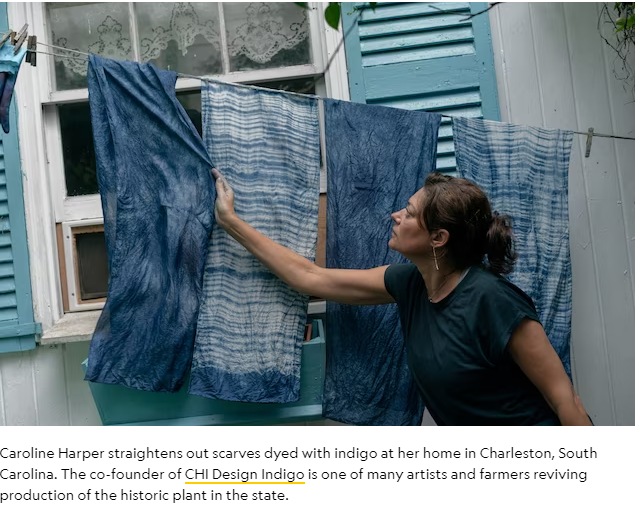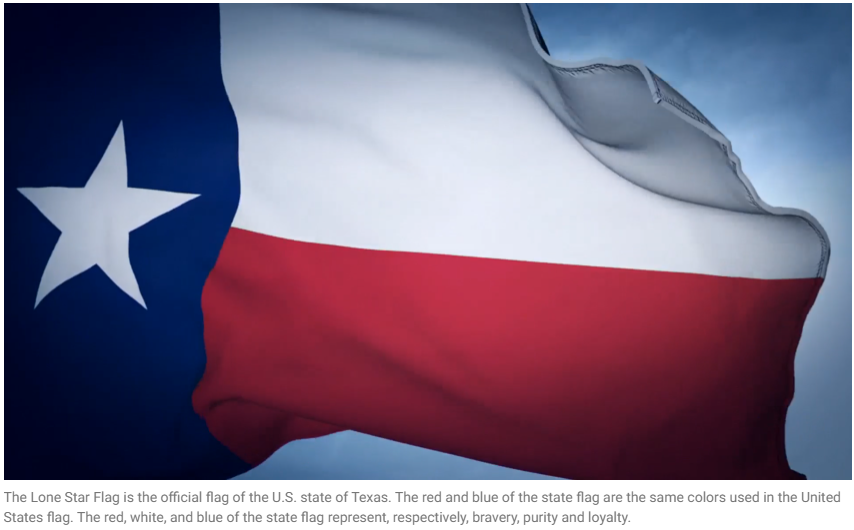Indigo was once so vital to the state people called it “blue gold.” As interest in the dye reignites, historic sites are shining a light on its past.
CHARLESTON, S.C. — At Charleston landmarks such as McLeod Plantation and the Aiken-Rhett House, visitors learn how cotton and rice powered South Carolina’s economy in the 17th and 18th centuries. It’s less known that indigo was also such a vital crop for the British colony that planters called it “blue gold.” The leggy, subtropical bush produced an enchanting blue dye that was sent back to England to produce household items, military uniforms, and even Union Jack flags.
Though indigo disappeared in the American South after the Revolutionary War, it’s now making a comeback in and around Charleston. Travelers can take artisan-led workshops on how to harvest and dye with the plant, and most of all, visit historic sites which explore the ugly past of this beautiful color.
Exploring indigo’s dark history
Revered by ancient Egyptians, Greeks, and Romans for its association with power, authority, and the sacred, indigo belongs to the pea family. The British attempted to grow it as early as 1607 in Jamestown, their first colony in Virginia.
(How Charleston is telling stories about enslaved Africans in a new way.)
But it wasn’t until 16-year-old Eliza Lucas (Pinckney) came along that the crop took off. In the 1730s, Eliza’s father, a lieutenant governor stationed in Antigua, put her in charge of the family’s three plantations (and 60 enslaved people) outside of Charleston. Skilled in botany, she had her father ship her some indigo seeds.
“There was absolutely no one in the Carolina colonies that knew anything about indigo plants,” says Andrew Rodrigues, a historian at the Gullah Museum in Georgetown, South Carolina. “Her father sent an expert [African] dye maker from one of the French islands, and he taught Eliza and the [enslaved people] how to process indigo.”
Indigo soon became South Carolina’s second best cash crop. “Along with rice, it made South Carolina the wealthiest of the 13 colonies,” Rodrigues says. At one point in the 1700s, more than a million pounds of it a year were harvested, processed, and packed into cakes to be shipped back to Britain, a $40 million value today.
Enslaved laborers made the indigo bonanza possible. They were forced to work in giant brick vats where the fermenting smell and stagnant water attracted flies and mosquitoes, and with them, the constant threat of cholera, yellow fever, and malaria. It took some 180 pounds of leaves to produce one pound of indigo dye.



